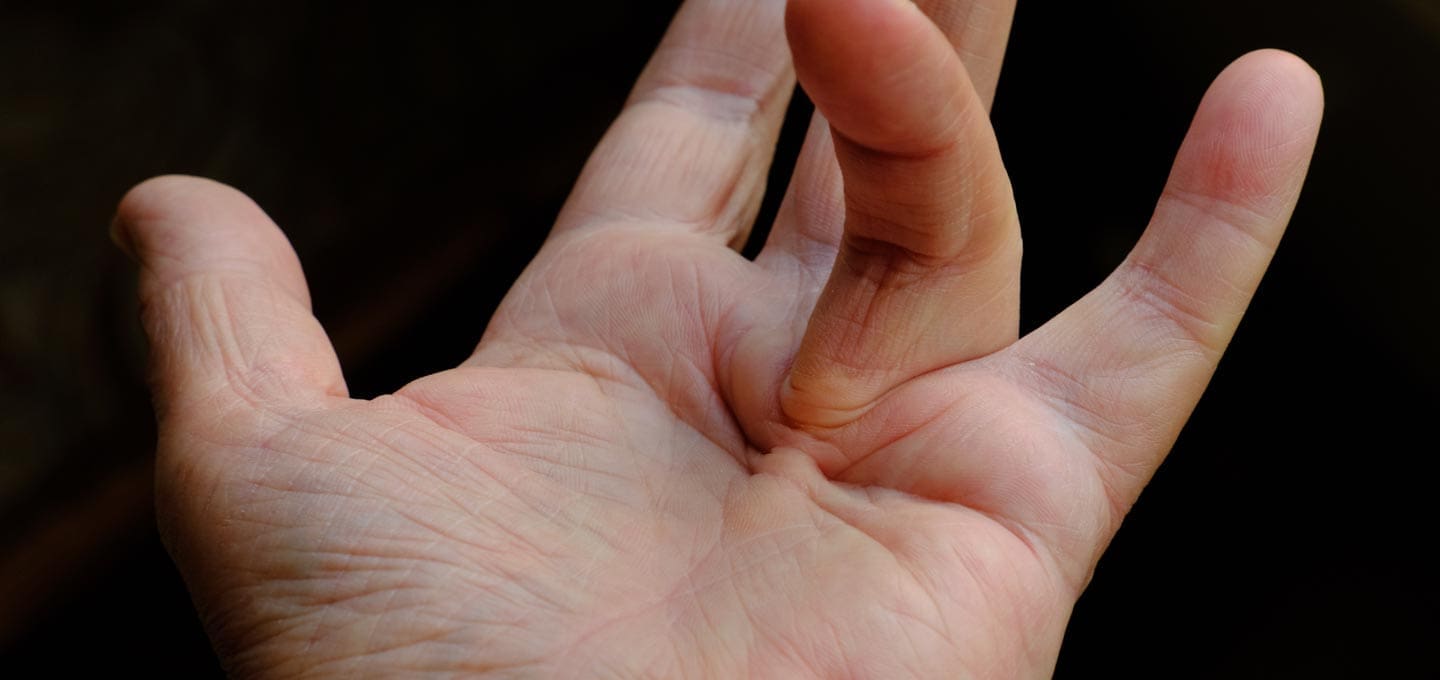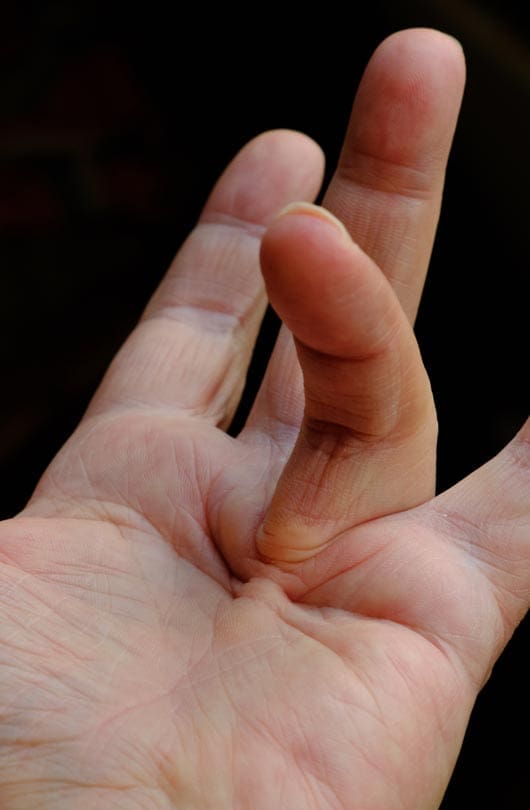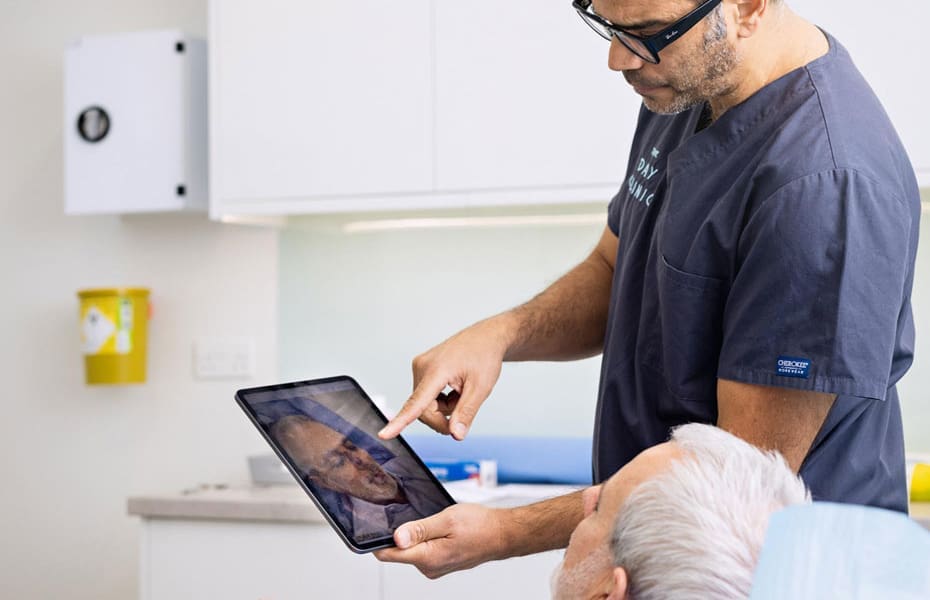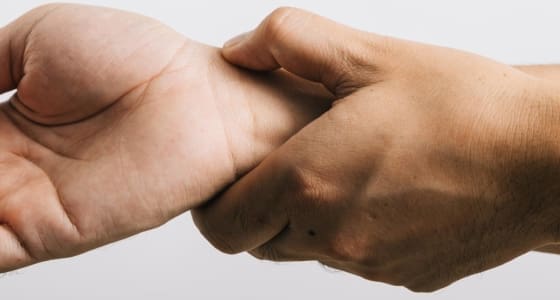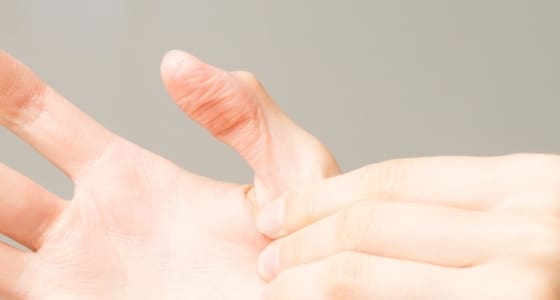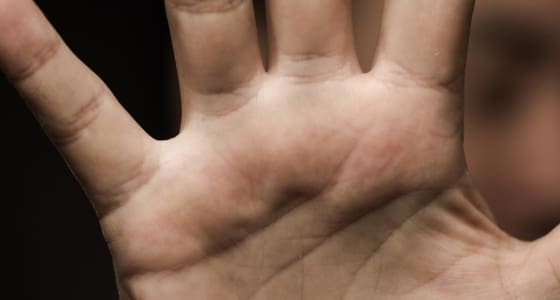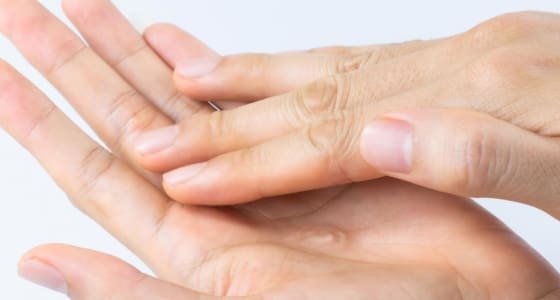This progressive disorder leads to the formation of nodules and cords that can cause the fingers to bend towards the palm, resulting in a reduced ability to fully extend the affected fingers. Although it primarily affects the ring and little fingers, any finger can be involved.
The exact cause of Dupuytren’s contracture is not fully understood, but it tends to run in families and is more common in individuals of Northern European descent. Risk factors include age, male gender, and certain medical conditions such as diabetes, alcoholism, and smoking. The condition usually develops slowly, with symptoms often beginning as small lumps in the palm. Over time, these lumps can develop into thick cords that pull the fingers inward.
Diagnosis of Dupuytren’s contracture typically involves a physical examination by a hand surgeon, who will assess the degree of contracture and it’s effect upon the condition of the skin of the hand.
Treatment options depend on the severity of the contracture and its impact on hand function. In mild cases, no immediate treatment may be necessary, and regular monitoring is often sufficient. For more advanced cases, options include needle aponeurotomy, where a needle is used to break the cords, or surgical intervention to remove the affected tissue and restore finger extension.
